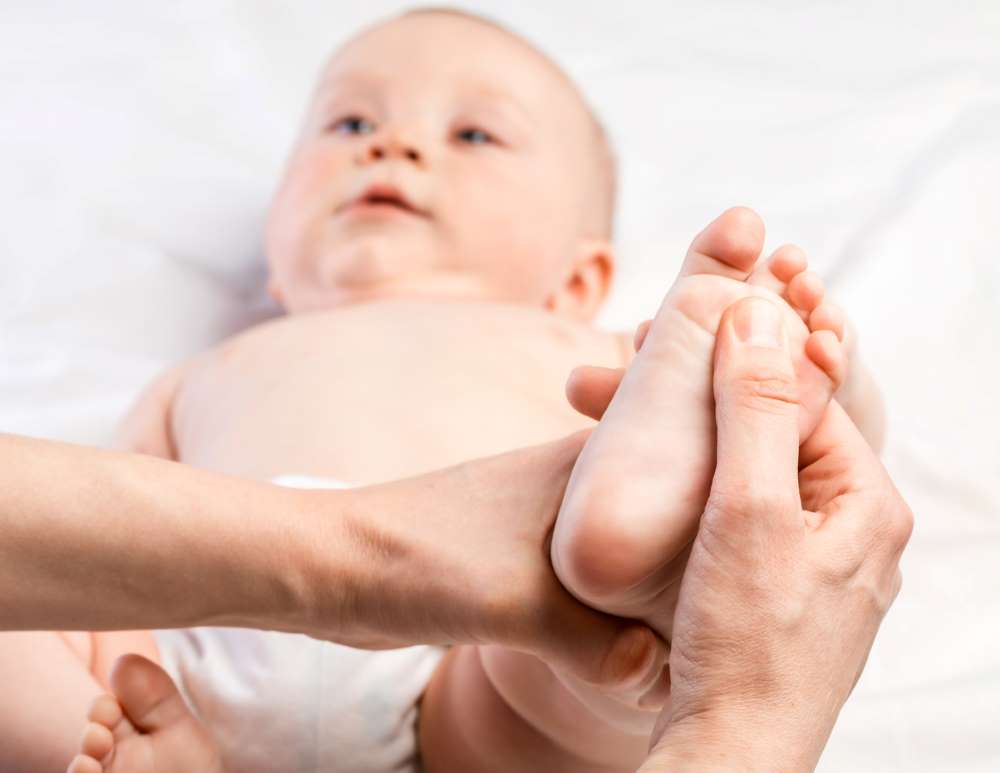
Did you know that many birth injuries are completely avoidable? Here’s why…
Although you might imagine that birth injuries are few and far between, you’d actually be wrong. Research shows that almost 6 in every 1000 children born in the United States each year suffer from serious birth injuries. These include fractured bones, or neurological or developmental disorders.
These stats aren’t to frighten you; we want to educate everyone about birth injuries, and to let you know that many of these are, in fact, avoidable! Every lawyer specialising in birth injuries will tell you this, which is why we all need to find out why this is, and what can be done about it.
In this article, we’ll be doing just that. We’ll be taking a look at the most common injuries to babies, the factors that cause these, and what can be done if you’ve been a victim of one. Take a look…
Common Types of Birth Injuries
Starting at the beginning, let’s take a look at some of the most common birth injuries so you have an idea of what we’re talking about. Some of these include:
-
Brachial palsy: when the nerves supplying the arms and hands (brachial plexus) are injured. This usually occurs due to shoulder dystocia – when the baby’s arm is stuck on the way out. This causes the child to lose the ability to rotate and flex their arm, either for a short-term period, or for life.
-
Erb’s palsy: similarly, shoulder dystocia can cause Erb’s Palsy, which is the complete or partial paralysis of the arm due to nerve damage in the neck. Again, this can either be short- or long-term depending on the extent of the nerve damage.
-
Cerebral palsy: this occurs when there is an abnormality in the baby’s brain development. It can occur for a number of reasons, but often because the baby is deprived of oxygen (hypoxia) for a long period of time. It means that the child may suffer from trouble with basic movements and speech, as well as learning difficulties.
-
Facial paralysis: similarly, facial nerves may be damaged during delivery, which can lead to partial or complete facial paralysis, depending on the severity of the damage. It means the baby may have trouble moving parts of their face, including their mouth and eyes.
-
Bruising, marks or lacerations: this can occur due to forceps delivery or vacuum extraction, which can leave temporary marks on the baby’s head. It can also occur simply from a natural birth through the birthing canal, which can be traumatic.
-
Caput succedaneum: this is a significant swelling of the soft tissues of the baby's scalp, occurring as the baby moves through the birth canal. It more commonly occurs with children delivered via vacuum extraction, and normally goes away without issues after a few days.
-
Cephalohematoma: this is when there is an area of bleeding between the skull bone and its fibrous covering. It usually appears a few hours after birth, showing up as a raised lump on the child’s head. The blood reabsorbs into the body over time, and can take up to three months to heal, depending on the size of the lump. It can lead to jaundice too, in more severe cases.
-
Fractures: fractures are also pretty common, mainly of the clavicle or collarbone. They usually occur when there is trouble during delivery, usually when it comes to delivering the shoulders during a breech delivery. Healing is usually quick, but may cause pain and limited movement, requiring a bandage or splint.
-
Subconjunctival haemorrhages: the breakage of small blood vessels in the baby’s eyes, causing redness in the whites. It doesn’t cause eye damage, and will heal after a week to 10 days.
-
Foetal stroke: when blood vessels in the baby’s brain become blocked or restricted, this can cause birth asphyxia of hypoxia, and potential brain damage or death.
-
Infections: transferred from mother to baby during pregnancy, or to the baby during birth. These can cause complications later on.
-
Stillbirth: when the baby is born without signs of life, or dies shortly after birth.
Factors That Contribute to Birth Injuries
There are a huge number of reasons that may cause the above types of birth injuries. Here is a list of some of the main factors which contribute to birth injuries:
-
Large babies
-
Premature babies
-
Overweight mothers
-
High blood pressure in the mother
-
Abuse of drugs and alcohol during pregnancy
-
Cephalopelvic disproportion, when the size and shape of the mother’s pelvis is not appropriate for the baby’s size
-
Dystocia, when the birth is difficult or obstructed
-
Prolonged labour
-
Abnormal birthing presentation, i.e. when the baby is breech (bottom first)
-
Forceps and vacuum extraction
-
Oxygen deprivation during delivery
-
Blood clots during delivery or pregnancy
-
Medical negligence
Are Birth Injuries Avoidable?
Statistics show that a shocking 75 percent of baby deaths or brain damage could be avoided due to more adequate medical care. This goes to show the extent of lives that may be changed if the healthcare system were to make a difference. Some of the main reasons for preventable birth injuries due to medical negligence include:
Reasons for Preventable Birth Injuries Due to Medical Negligence
-
Improper post-natal care
-
Not preventing premature birth where possible
-
Fetal monitoring issues, i.e. heart rate monitoring during delivery
-
Failure to detect infection during pregnancy
-
Failure to detect issues with placenta or umbilical cord
-
Failure to treat severe jaundice in a newborn
-
Failure to respond to fetal distress i.e. to provide oxygen to them during delivery
-
Failure to diagnose potential delivery issue
-
Improperly prescribed medications, for example, for inducing labour
-
Immediate neonatal care and resuscitation
-
Impacted foetal head or difficulty delivering the head at caesarean section
-
Not performing a C-section when necessary
-
Adverse effects of surgical drugs
-
Improper use of medical instruments i.e. forceps
-
Gross mismanagement of the normal delivery procedure
The mother may also be able to prevent birth injuries through proper care of theirs and their child’s body during pregnancy.
How Can the Healthcare World Change This Situation?
There are a number of ways that medical professionals can change the picture, including:
-
Staying on top of new birthing methods: as a doctor, you have a responsibility to be on top of new medical research. So, be sure to always be in the know about the latest research.
-
Listening to the patient: the patient will be able to tell you if they’re not feeling right of something is wrong. Be sure to take them seriously when they speak up.
-
Following medical protocol: no doubt there is a huge amount to think about as a doctor or midwife, but making sure to understand medical protocols and following them is paramount. Don’t stick to your guns; be sure to do everything you can by the book.
-
Knowing the signs: you should also know what to look for when it comes to foetal distress so you can jump on any issues when they come to light.
-
Avoiding racial bias: it’s clear that there is still an inherent mistreatment of BAME pregnant people, and this needs to be stopped.
-
Following the birth plan: where possible, be sure to follow the birthing plan unless it’s an emergency. The mother will likely be prepared for what’s ahead with this plan in mind, so don’t change it up unless you have to.
-
Encouraging the mother to prioritise their health throughout pregnancy: some parents, especially those from disadvantaged backgrounds, may not understand the importance of avoiding certain foods, drugs and alcohol throughout their pregnancy. So, making them aware of how they can best take care of everyone throughout is paramount.
Are You a Victim of Medical Negligence?
As you can see, there are many ways that birth injuries can be avoided by medical professionals and pregnant people. Remember, if you feel yours or your baby’s birth injury could have been avoided, you may have cause for a negligence claim. This can help you to look after your child after their birth, financially and emotionally.
If you feel you may have a case, be sure to seek the help of a solicitor to advise you on your next steps. We hope you are able to pick up the pieces along the way.



























